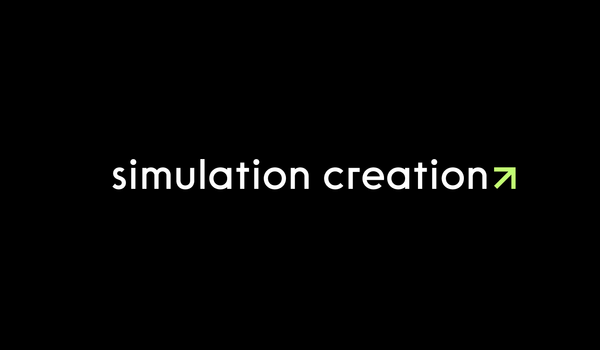The affects of VR use on the brain
As more and more people are exposed to VR experiences, there is growing interest in understanding how it affects the brain. In this blog, we will explore the effects of VR on the brain.

VR's adoption and increasing use cases
Virtual Reality (VR) has become an increasingly popular technology in recent years, and it has shown tremendous potential in a variety of fields, including gaming, education, and healthcare. As more and more people are exposed to VR experiences, there is growing interest in understanding how it affects the brain.
One of the primary effects of VR on the brain is the creation of a sense of presence. This means that users feel as if they are actually present in the virtual world, rather than simply looking at a flat 2D screen. This feeling is achieved through the use of specialized sensors and tracking systems that adjust the image displayed in the VR headset in response to the user's movements. This sense of presence has been shown to have a significant impact on the brain, and can lead to changes in behavior and perception.
One of the areas of the brain that is affected by VR is the hippocampus. This is the part of the brain that is responsible for memory formation and spatial navigation. Studies have shown that the hippocampus is activated more strongly in individuals who are immersed in a VR environment, indicating that VR may improve memory and spatial skills.

VR can also have a positive effect on the brain's visual processing system. The visual cortex is responsible for processing visual information from the eyes, and VR can provide a unique form of visual stimulation that can lead to changes in the way the visual cortex operates. This can lead to improvements in visual perception and processing, which can have a positive impact on a wide range of tasks, from driving to reading. Just don't move your head too quick!
Biofeedback
Another way in which VR can affect the brain is through the use of biofeedback. Biofeedback is a technique that uses sensors to monitor bodily processes such as heart rate and muscle tension, and then provides feedback to the user to help them learn to control these processes. In VR, biofeedback can be used to create immersive environments that help users learn to control their bodily responses in a safe and controlled setting. Whislt the use of Biofeedback is relativley new in VR (though isn't everything?) it is particularly useful in treating forms of anxiety disorders. The video below describes the uses cases perfectly.
Minor issues
One of the primary concerns is the potential for VR to cause motion sickness, a feeling of nausea that is similar to seasickness. However, this is typically only a problem in low refresh rates in some VR experiences, though more games and interventions are using 120hz and this helps no end.

VR has a range of effects on the brain, from improving memory and spatial skills to enhancing visual processing and providing a unique form of biofeedback. As the technology continues to develop, we can expect to see even more interesting and exciting ways in which VR affects the brain. However, it is important to continue to monitor the potential negative effects of VR, and to design experiences that are both engaging and safe, and not to mention the ethics around data and it's usage.
Something to think about when you slide into your next VR session !





